Wyncote Hours is a meditation on a finite geographic location.


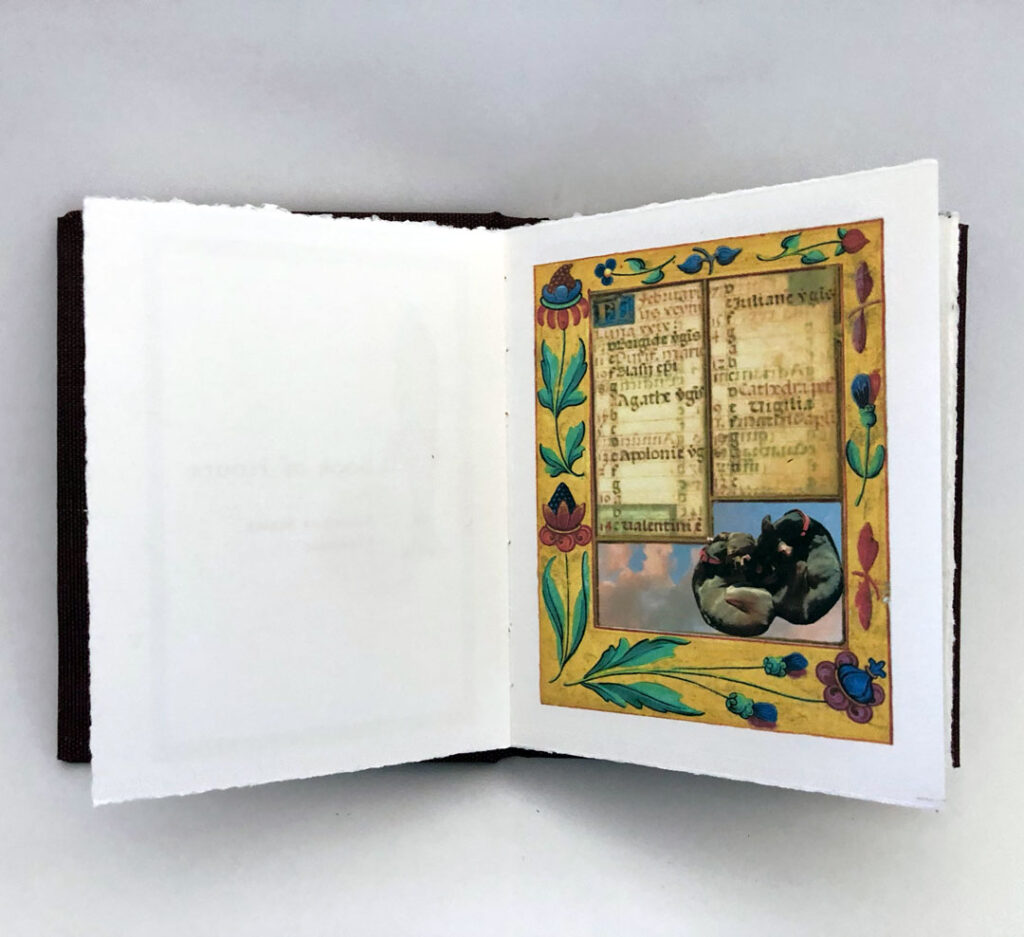
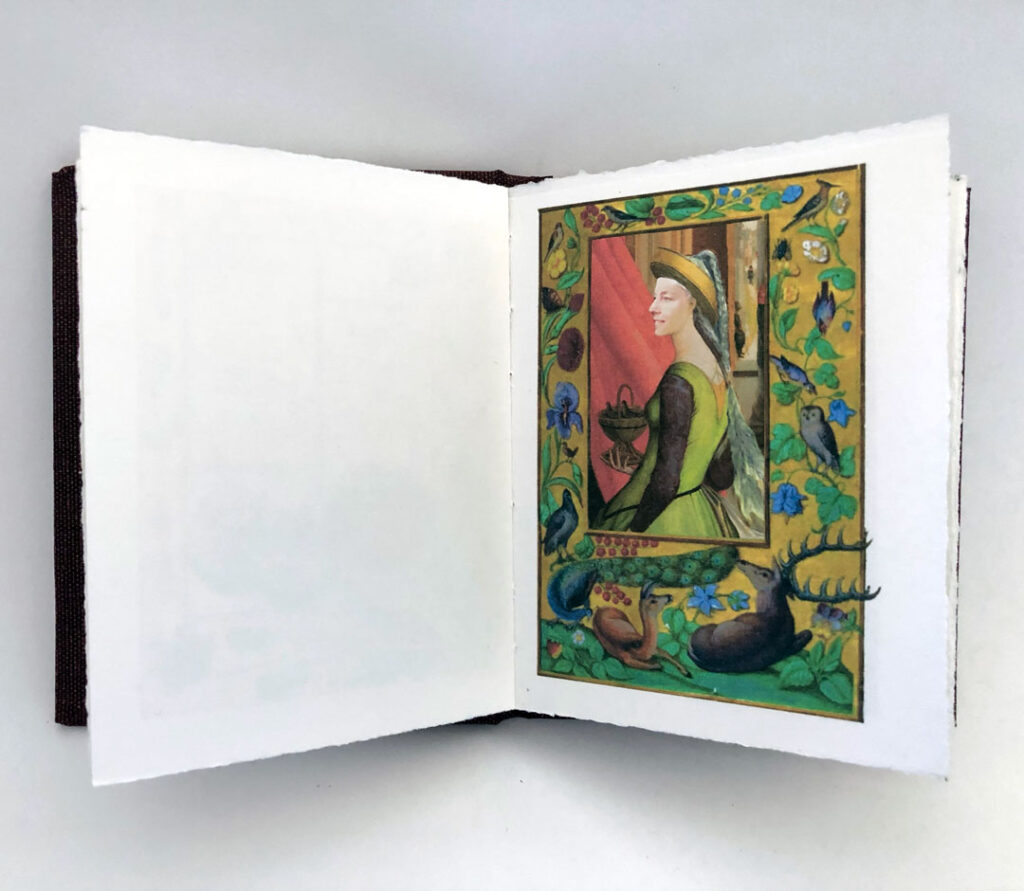
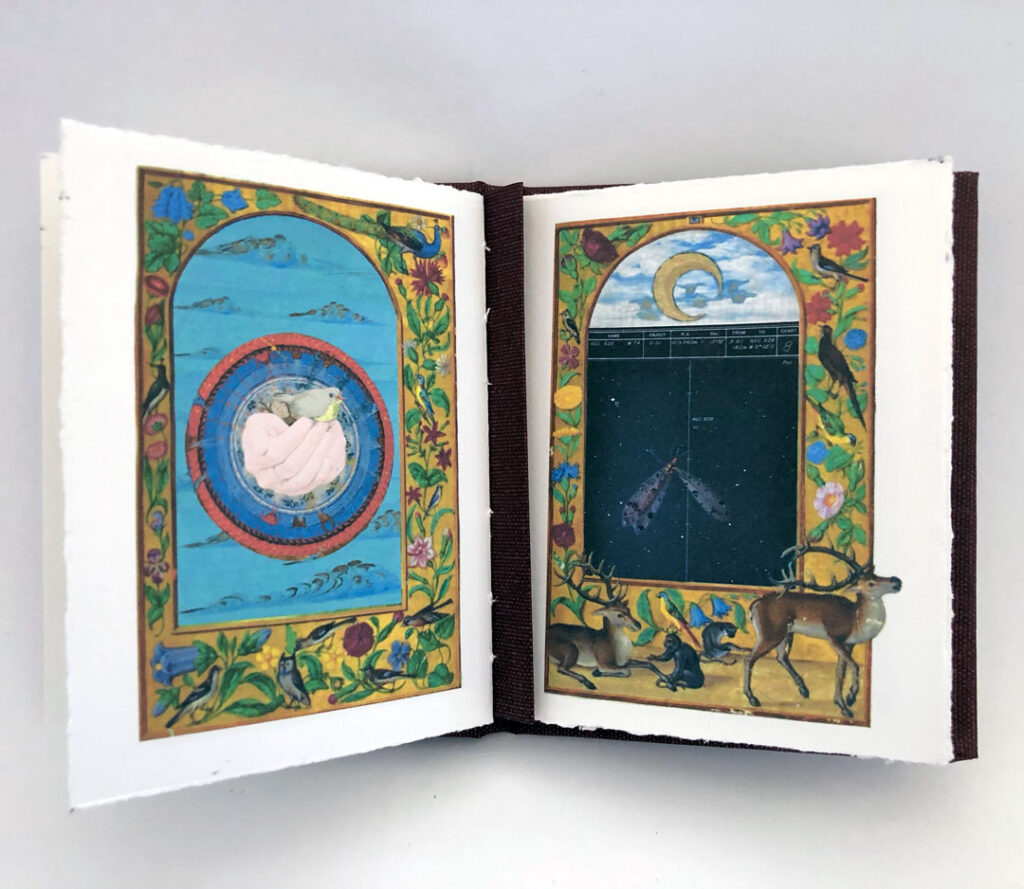
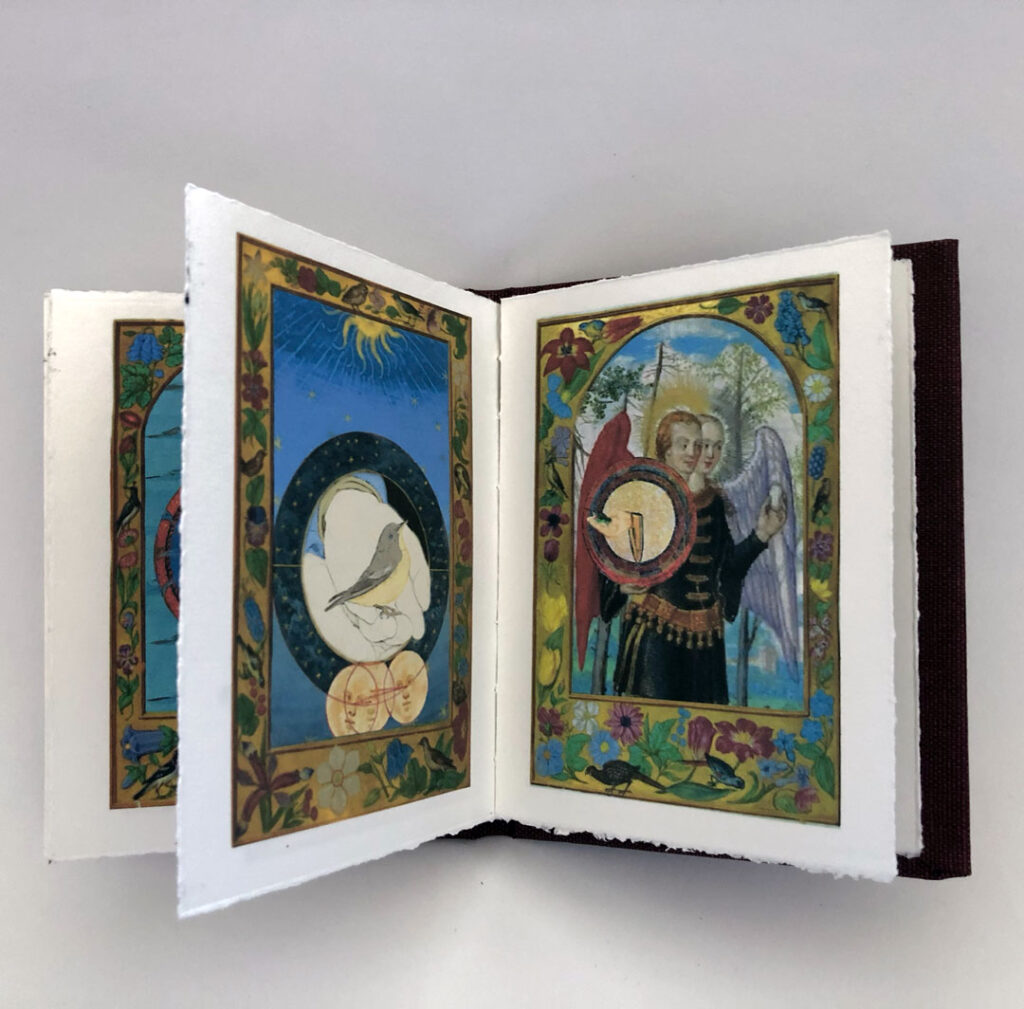
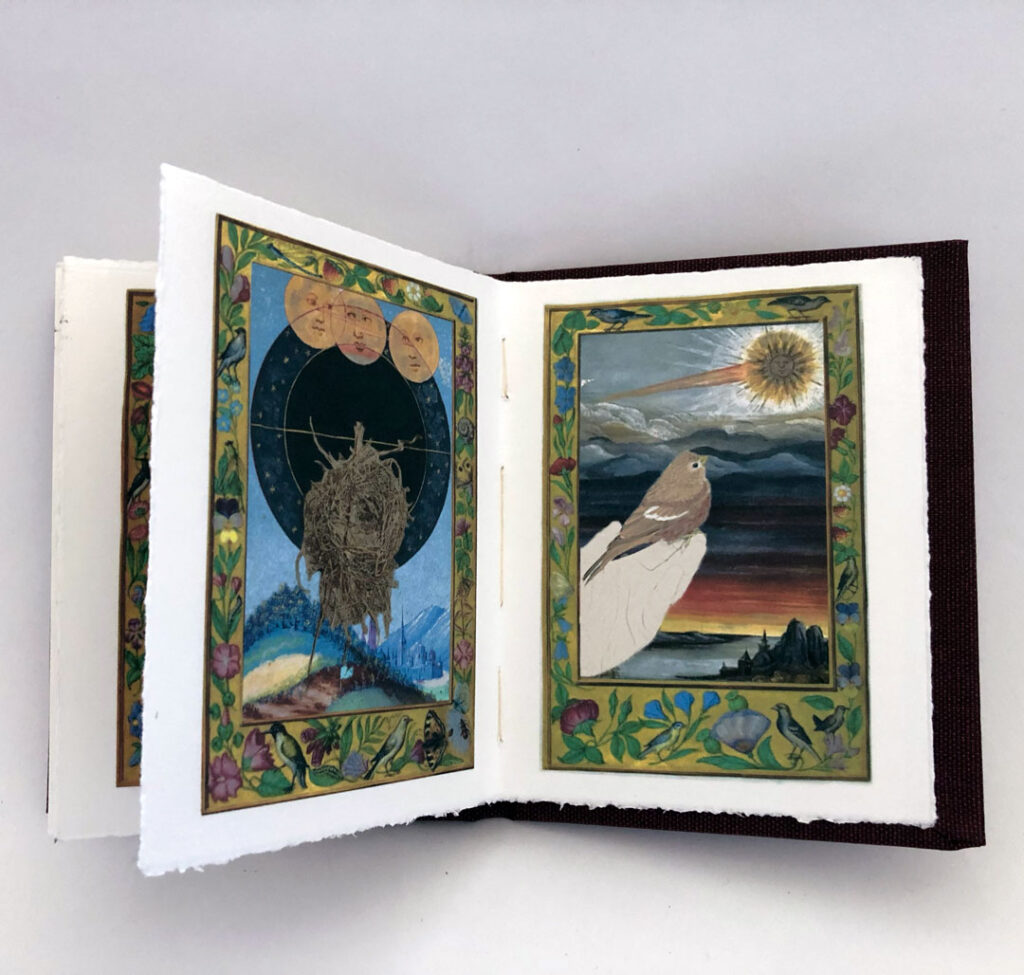
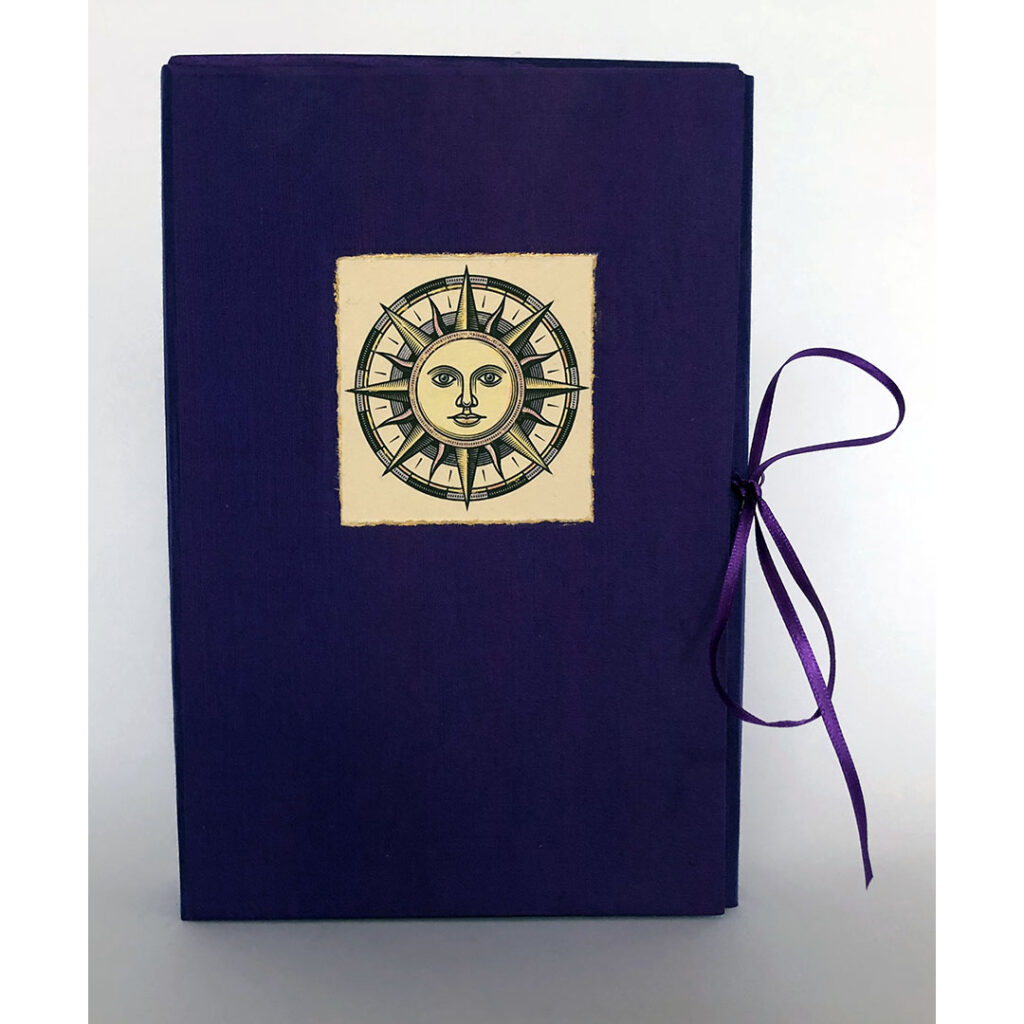
Journey. My map was inspired by the Hungarian legend of Hunor and Magor who the Gesta Hungarorum purports to be the ancestors of the Huns and the Magyars. In the legend, the brothers follow the magical white stag rather than killing it.
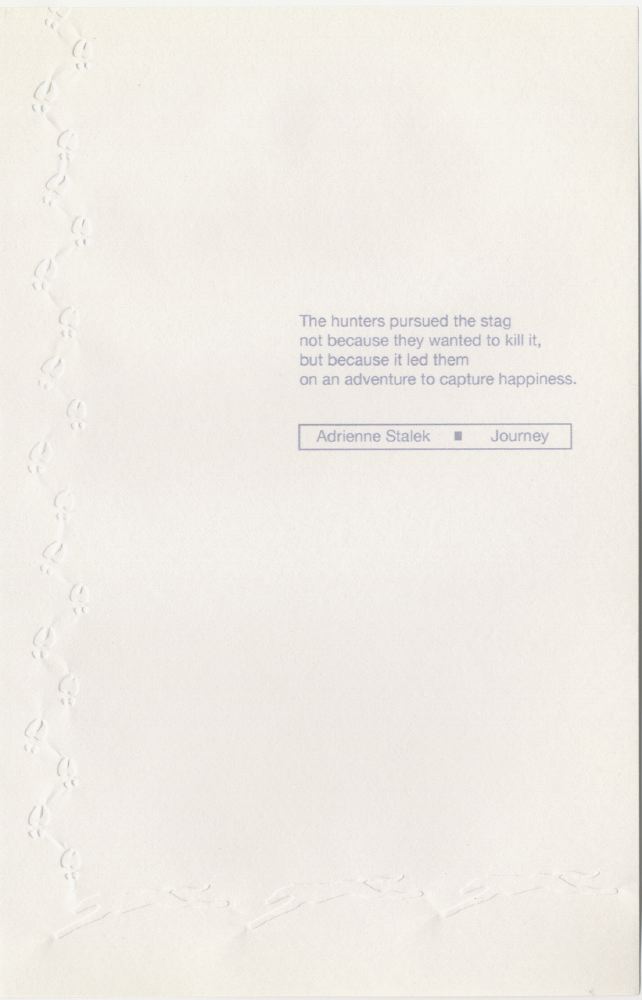
Hunor and Magor teach us what I believe may be the most important lesson; That the need to acquire objects or developing great attachment to place can greatly diminish ones openness to new opportunities and possibilities.
The World Books explore the themes of: alchemy, chance and magic together with the ability of art to produce results with these experiments.

World Book volume “I” contains insects and ice. This book combines the two to produce the magic of butterflies emerging from a frozen book.
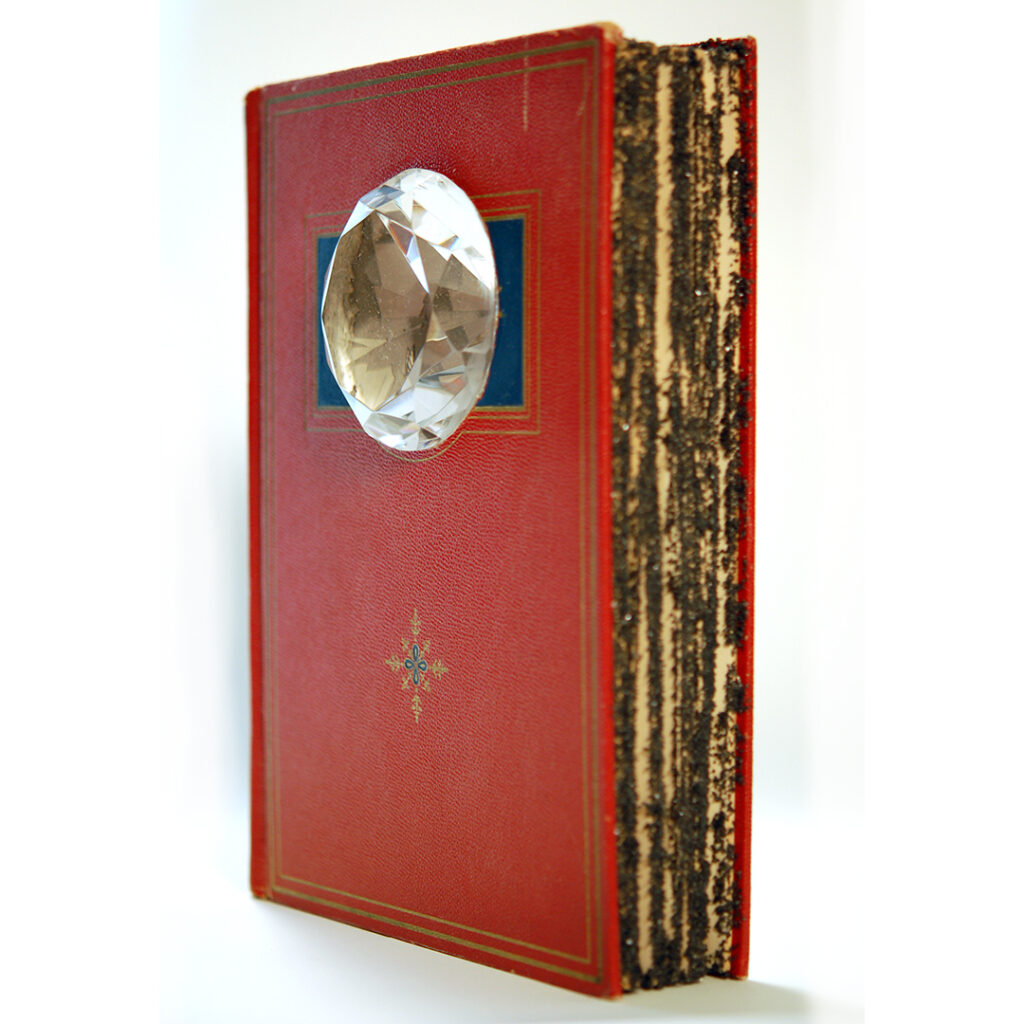
World Book “E” includes earth’s elements. Here carbon transforms into a diamond.

In World Book “F” a garden emerges and sprouts flowers from its very pages.
Journey (book and box)
Journey is inspired by the Hungarian legend of Hunor and Magor who the Gesta Hungarorum purports to be the ancestors of the Huns and the Magyars. In the legend, the brothers follow the magical white stag rather than killing it, Hunor and Magor teach us what may be the most important lesson; That the need to acquire objects or developing great attachment to place can greatly diminish ones openness to new opportunities and possibilities.
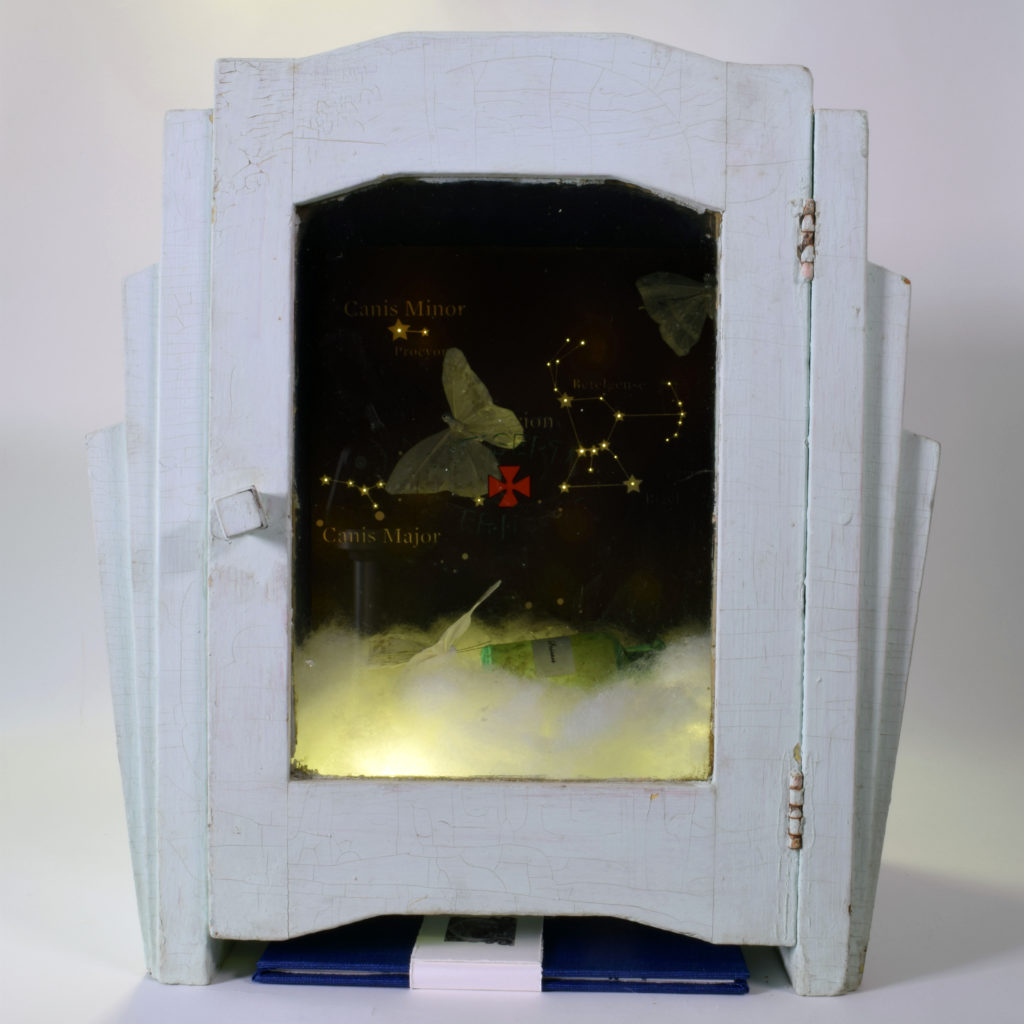
The box is a sterilizer. Inside white butterflies fly through the night sky above the crystalline clouds cleverly avoiding the poison meant for preserving butterflies in butterfly collections. They fly past Orion, the hunter and his dogs Canis Major and Canis Minor.

The book is closed with an illuminated initial of Hunor and Magor. Inside, three hounds pursue the white stag with the text: The hunters pursued the stag not because they wanted to kill it, but because it lead them on an adventure to capture happiness. A map of Hunor and Magor’s journey is on the other side.
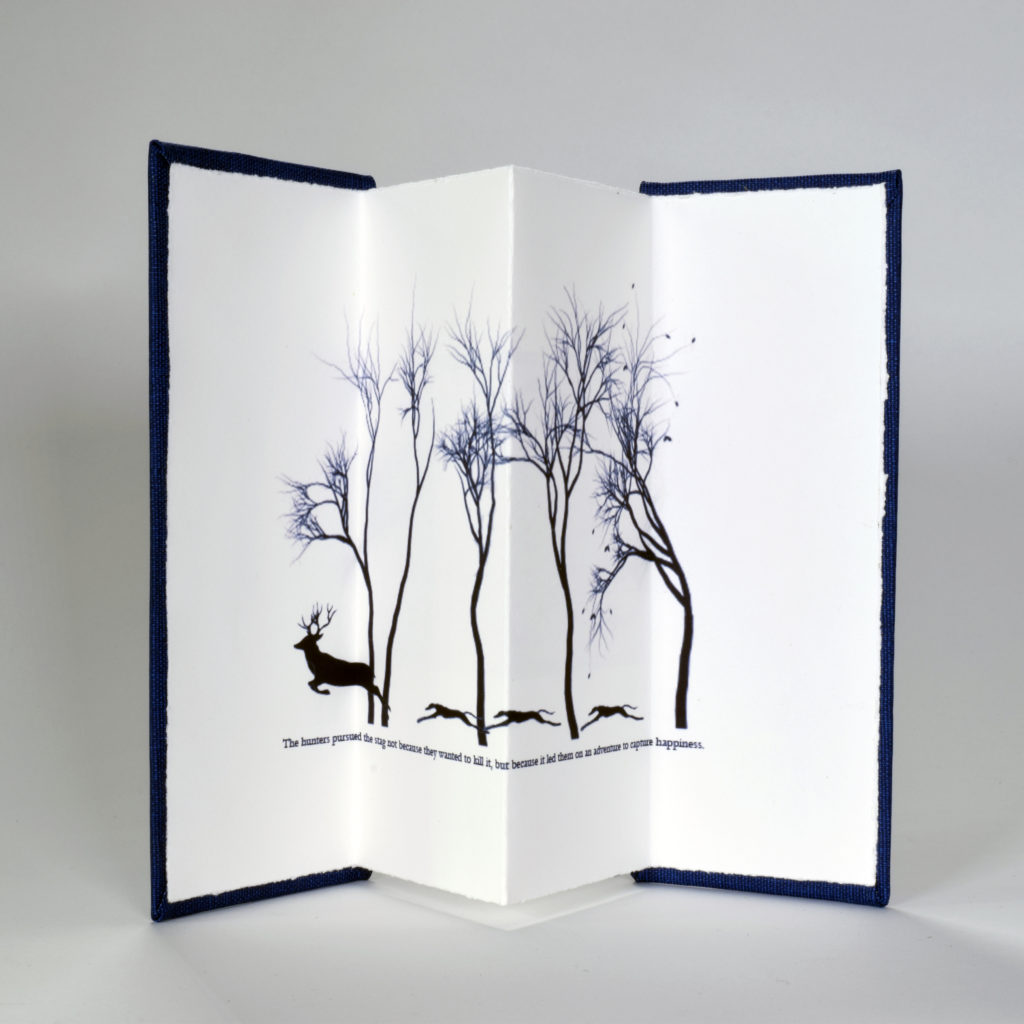
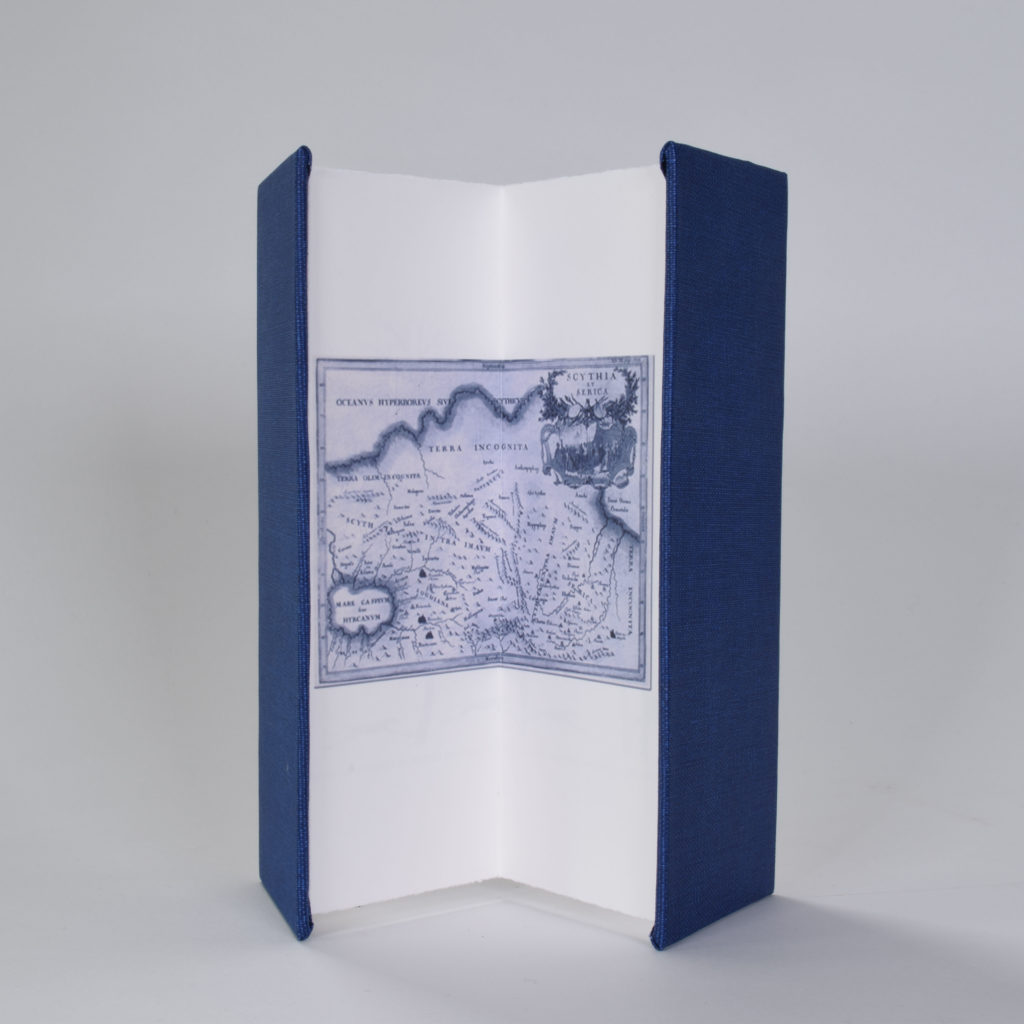

The title, Stilla Maris, comes from St. Jerome who translated Mary’s name to be Miryam, meaning a drop in the Sea in Hebrew to the Latin, Stilla Maris, which means a drop in the ocean.
Some the imagery on the pages in this book include:

La Virge de la Sainte Chapelle with a lily. The Virgin, a symbol of purity stands on a tomato. She is positioned similarly to images of the Virgin vanquishing the Eden Serpent. The tomato is a fruit that is not sweet and is commonly called a vegetable. Tomato is also a slang term for a woman.
The definition of the word fruit with a border together with a tiny woman eating a huge pomegranate (the pomegranate is a symbol for the virgin).
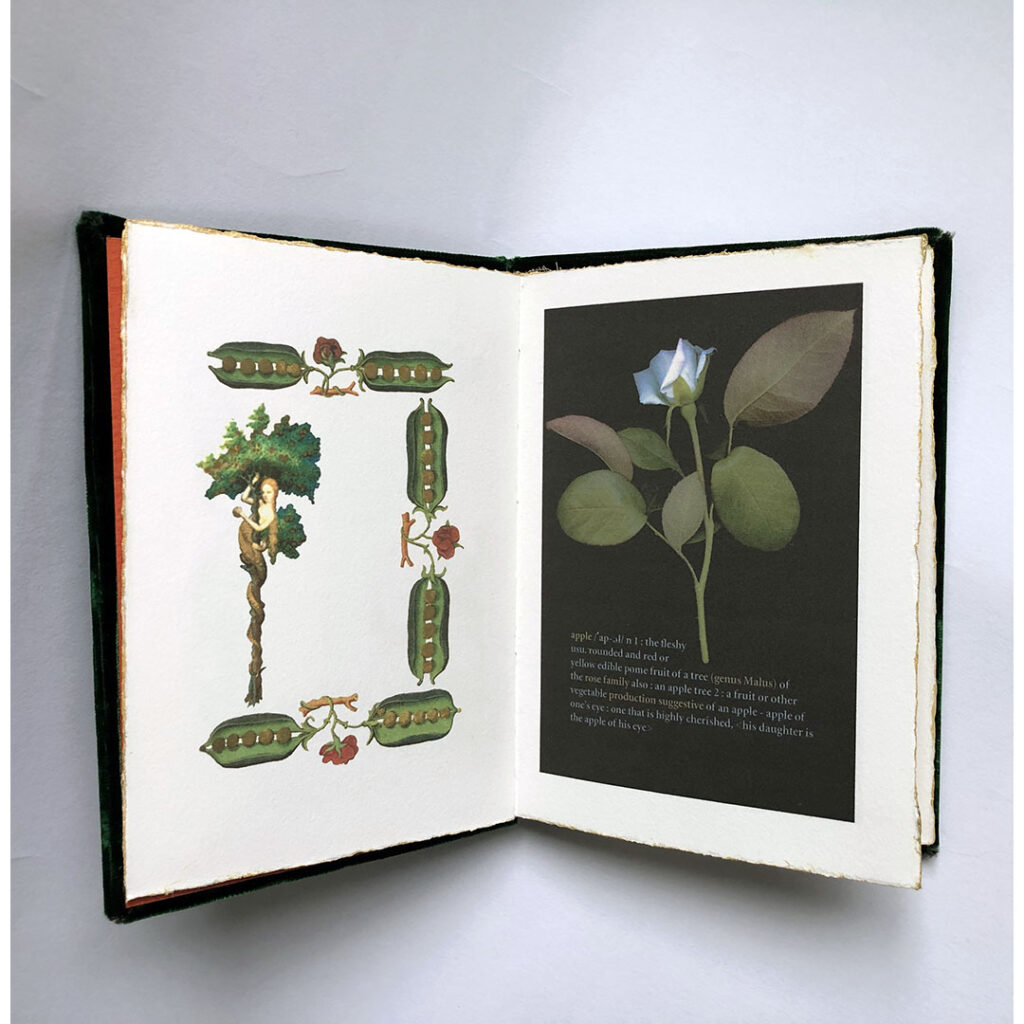
The Eden Serpent from the Très Riches Heures du Duc de Berry with pea pods, a symbol of fertility.
A blue rose is on another page with the definition of the word Apple. The blue rose is a symbol of impossibility juxtaposed with Apple (from the Garden of Eden) being from the “rose family” and the rose another symbol for the Virgin.

An image of an apple with the definition of the word round. Round relating to the word round in the fruit definition and round relating to the virgin (round yon virgin…)
The virgin and child in a mandorla (the bright rays of the sun) from the Très Riches Heures du Duc de Berry combined with a Nutting (1715) drawing of the stages of an eclipse of the sun. A medieval blindman walks across the frame, a reminder the looking into the sun can cause blindness.
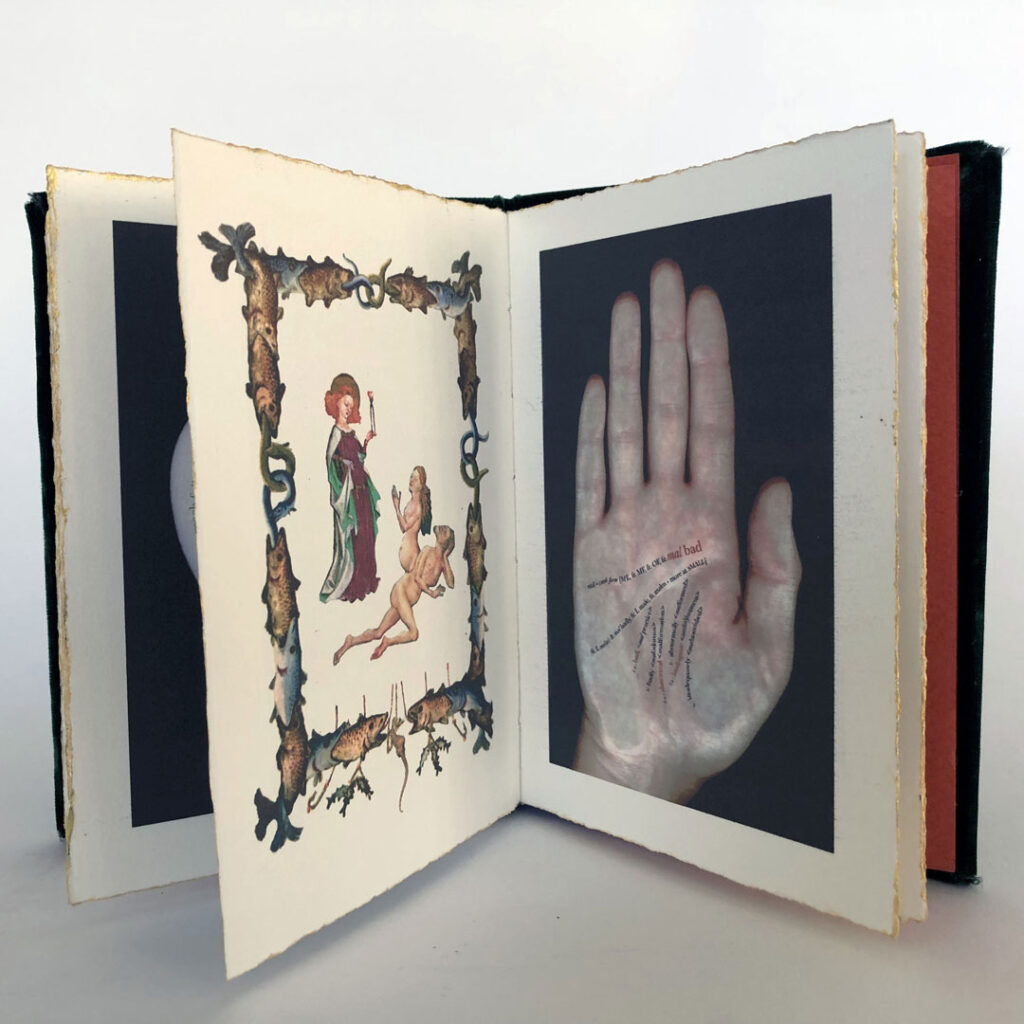
St. Agatha delivers Eve as Adam gives birth. St. Agatha is an early christian virgin martyr who was tortured including the crushing and cutting off of her breasts. The border of fish includes seahorses, a species where males carry the young.
A hand is pictured with the definition of the word malus. The apple being from “the rose family” which is the “genus malus”. The definition is incised on the hand like a palm reader’s chart of the lines on the hand.
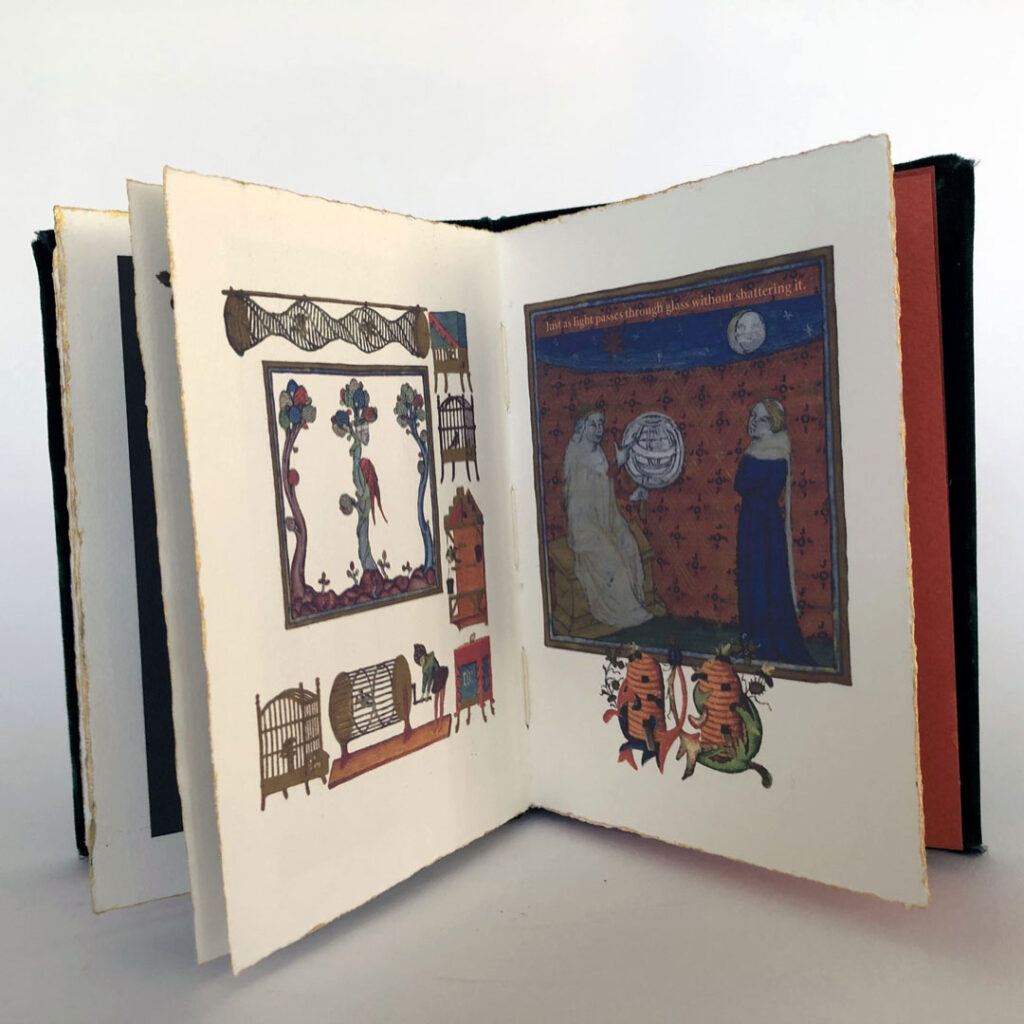
Another page has a border of bird cages and the woman-headed, winged eden serpent from a medieval miniature.
Finally, an older man teaches a younger man how to read an astrolabe. An astrolabe is used to navigate the sea, relating to Stilla Maris. Along with bees which are a symbol of immaculate conception because they were believed to reproduce without sex.